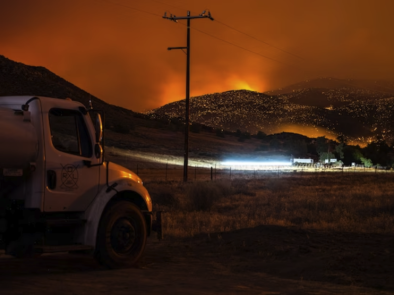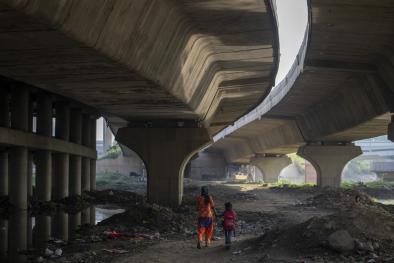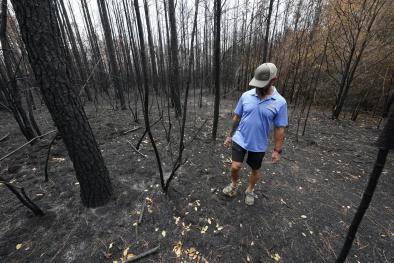Science Source
Climate change, human land use and future fires in the Amazon
- States that the biodiversity-rich Amazon forest is a region of growing concern because many global climate model (GCM) scenarios of climate change forecast reduced precipitation and, in some cases, coupled vegetation models predict dieback of the forest
- States that to date (in 2008), fires have generally been spatially co-located with road networks and associated human land use because almost all fires in this region are anthropogenic in origin
- Climate change, if severe enough, could alter this situation, potentially changing the fire regime to one of increased fire frequency and severity for vast portions of the Amazon forest
- States that high moisture contents and dense canopies have historically made Amazonian forests extremely resistant to fire spread
- Anticipates that climate will affect the fire situation in the Amazon directly, through changes in temperature and precipitation, and indirectly, through climate-forced changes in vegetation composition and structure
- Holds that the frequency of drought will be a prime determinant of both how often forest fires occur and how extensive they become
- Argues that fire risk management needs to take into account landscape configuration, land cover types and forest disturbance history as well as climate and weather
Related Content
Headline

Nov 17, 2023 | Climate Nexus Hot News
Utility Responsible For Wildfire, CA Report Says
Headline

Oct 26, 2023 | Climate Nexus Hot News
The Planet is ‘Under Siege,’ Scientists Say
Headline

Oct 11, 2023 | Climate Nexus Hot News
Climate Change Forcing Children to Move
Headline

Sep 20, 2023 | AP
In a state used to hurricanes and flooding, Louisiana is battling an unprecedented wildfire season


